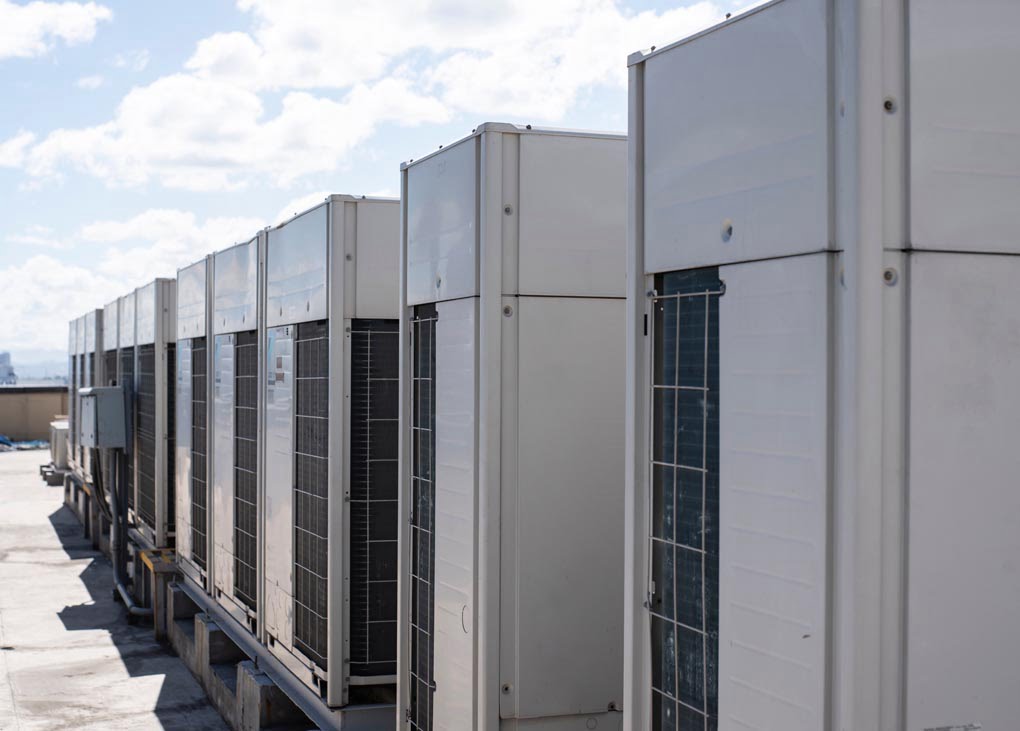The International Energy Agency (IEA) is collating case studies as part of its Energy in Buildings and Communities (EBC) program. The specific project, Annex 80, focuses on the resilient cooling of buildings.
“The world is facing a rapid increase of air conditioning of buildings,” says the IEA “This is driven by multiple factors, such as urbanisation and densification, climate change and elevated comfort expectations, together with economic growth in hot and densely populated climate regions of the world.
“The trend towards cooling seems inexorable. Therefore it is mandatory to guide this development towards sustainable solutions.”
Against this backdrop, Annex 80 seeks to develop, assess and communicate solutions for resilient cooling and overheating protection. It looks at low-energy and low-carbon cooling solutions that strengthen the ability of individuals and our community as a whole to withstand, and also prevent, thermal and other impacts of changes in global and local climates. It encompasses the assessment and R&D of active and passive cooling technologies in
- Reducing externally induced heat gains to indoor environments
- Enhancing personal comfort without cooling whole spaces
- Removing sensible heat from indoor environments
- Controlling latent heat (humidity) of indoor environments.
“Annex 80’s main objective is to support a rapid transition to an environment where resilient low-energy and low-carbon cooling systems are the mainstream and preferred solutions for cooling and overheating issues in buildings,” says the IEA.
The Annex 80 team is especially interested in case studies of buildings with:
- Split and multi-split AC systems
- VRF systems
- Absorption chillers.
Buildings showcasing other cooling technologies are also welcome. There are currently no Australian case studies proposed.
Buildings must have 12 months of performance data available.
To find out more about Annex 80 and put forward a case study, click here.
 Mark Vender
Mark Vender


Leave a Reply